Holiday House Safety Tips
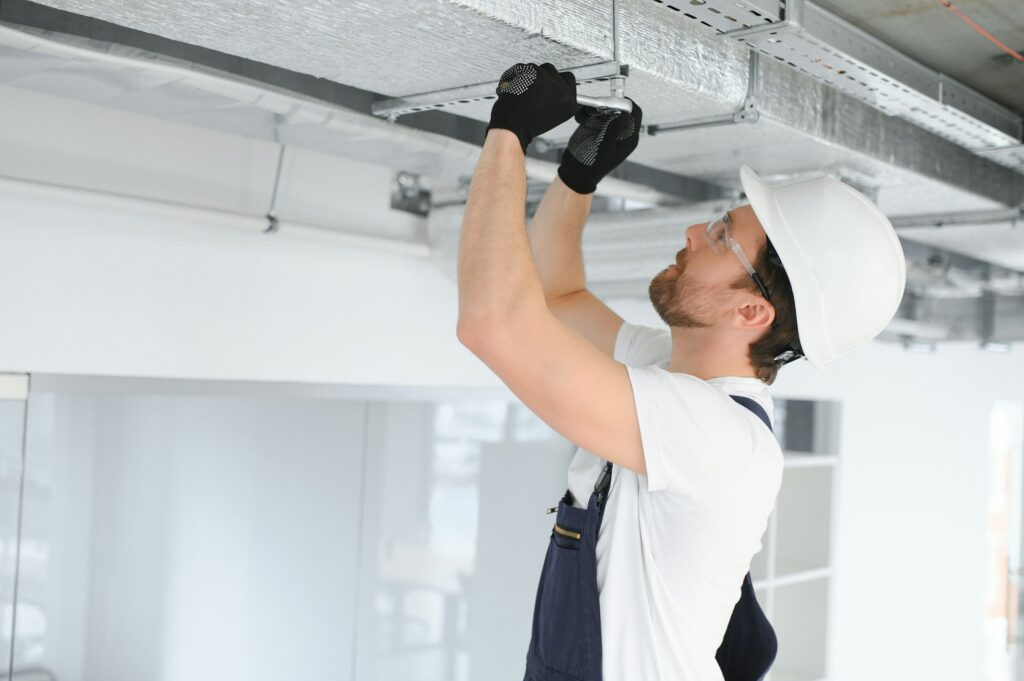
HOLIDAY HOUSE SAFETY TIPS The time we look forward to all year has finally arrived. The holidays are wonderful for many different reasons, but it certainly can be a busy time of year. Between wrapping presents and preparing a holiday feast it’s easy to let your guard down. They are a few precautionary steps you […]
How To Prepare Your Home For Winter & Reduce Your Heating Bill
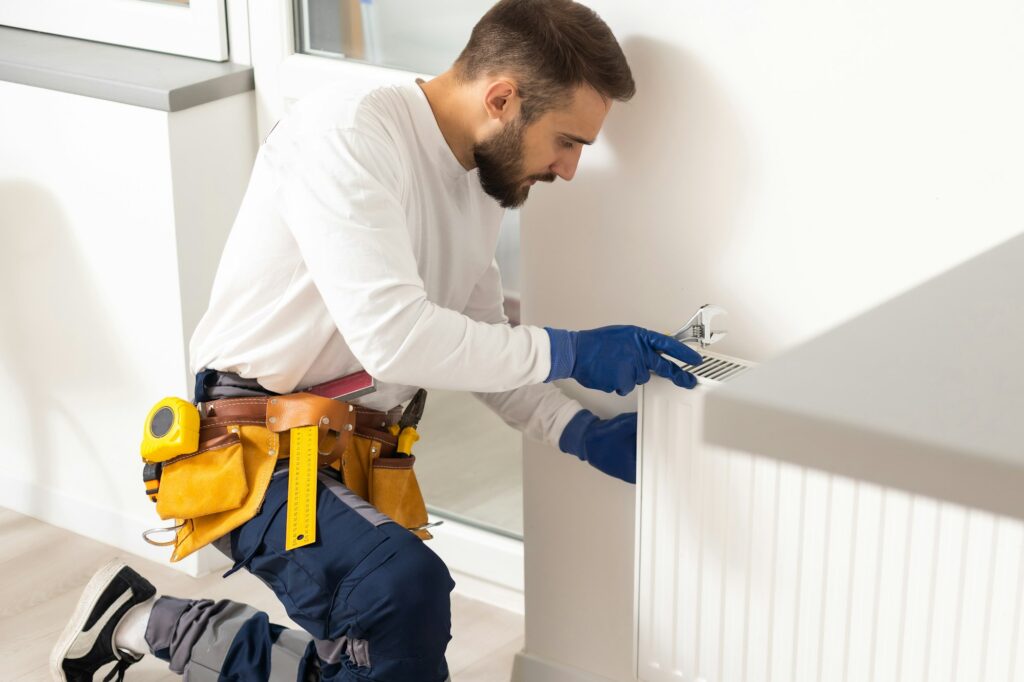
HOW TO PREPARE YOUR HOME FOR WINTER & REDUCE YOUR HEATING BILL The thought of winter around the corner isn’t always pleasant, but there are several ways to lessen the stress that comes with colder weather. You might want to consider ‘winterizing’ your home, which will keep it in optimal condition throughout the season and […]
Energy Saving Tips For Pet Owners

If you own your own home, then you’re free to have any type of animal companion you like, including furry, four-legged friends like dogs and cats. But even when you’re ready to go to work, and the kids go off to school, your pets stay at home. Have you ever considered what that could mean […]
Why Are Some Rooms Hot & Others Cold?
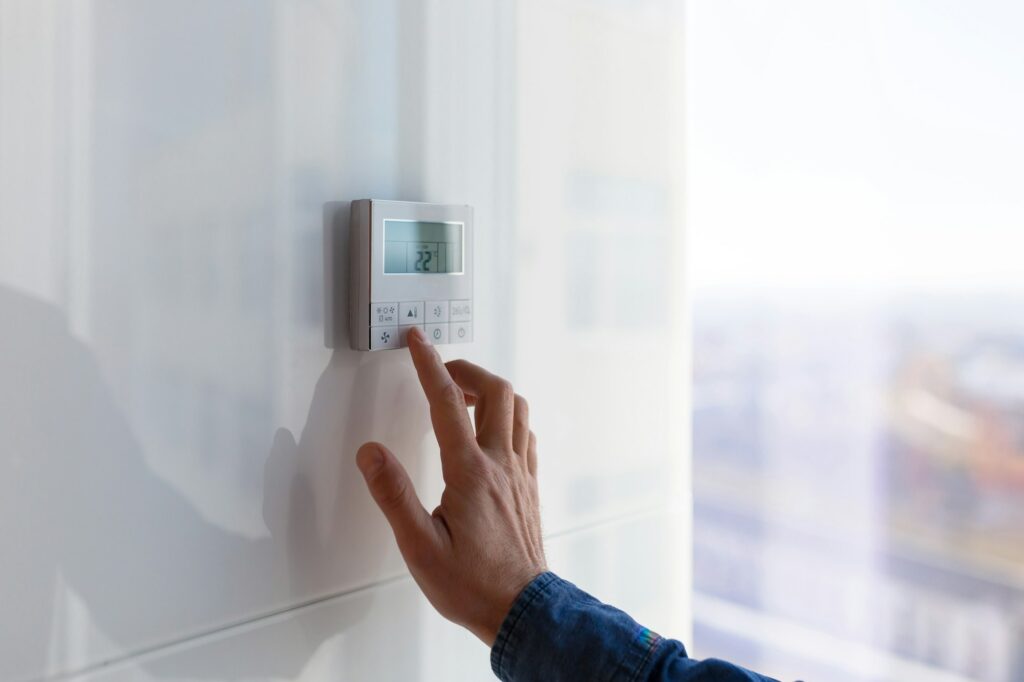
Did you spend this past winter continuously turning up the heat? Winter in Canada is guaranteed to do one thing: force you to start turning up the heat to stay comfortable in your home. Now that the temperatures are finally starting to warm, will you be playing with the air conditioner, too? You may find […]
Reduce Home Heat Loss
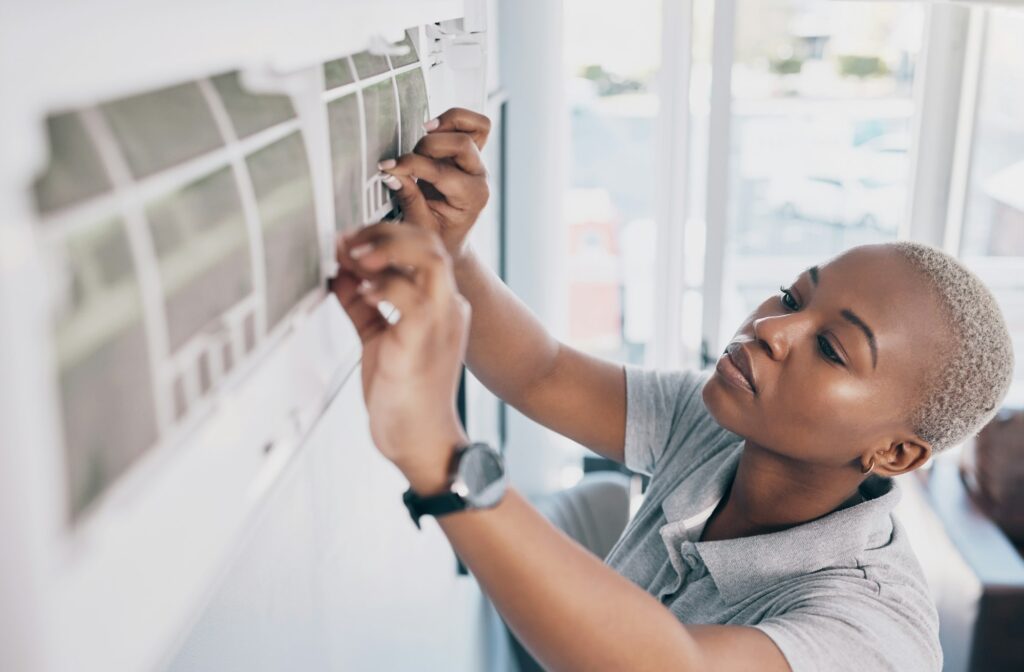
As the temperatures start warm, you probably aren’t worried about heat loss in your home, but do you remember the long winter that is finally ending? Do you remember the heating bills? Timmins is famous for its winters, so it’s no surprise that efficient home heating can be a major concern. But how do you […]
Cheap Tricks To Reduce Your Energy Bill This Winter
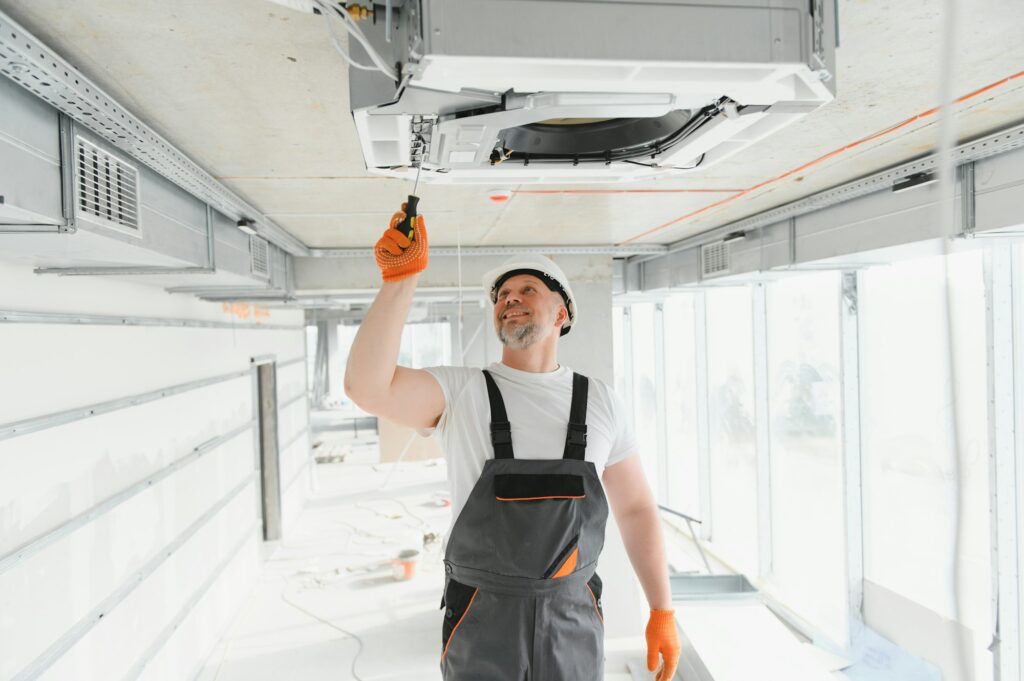
If you’re like most homeowners, you’d love to be able to reduce your energy bills in the winter without having to spend a lot of money. As the temperatures drop and that furnace kicks into high gear for several months, your energy bills can become uncomfortable. Having an energy-efficient home will give you peace of […]
How Often Should My Furnace Be Cleaned And Serviced?

The last thing anyone wants during a cold winter night is to have their furnace stop working. If you’ve ever lost the ability to heat your home, you know it can be one of the most unsettling experiences imaginable. You’re left to scramble for a solution as the temperature inside keeps dropping, and in most […]
How A New Hvac System Can Both Save You Money & Increase The Value Of Your Home
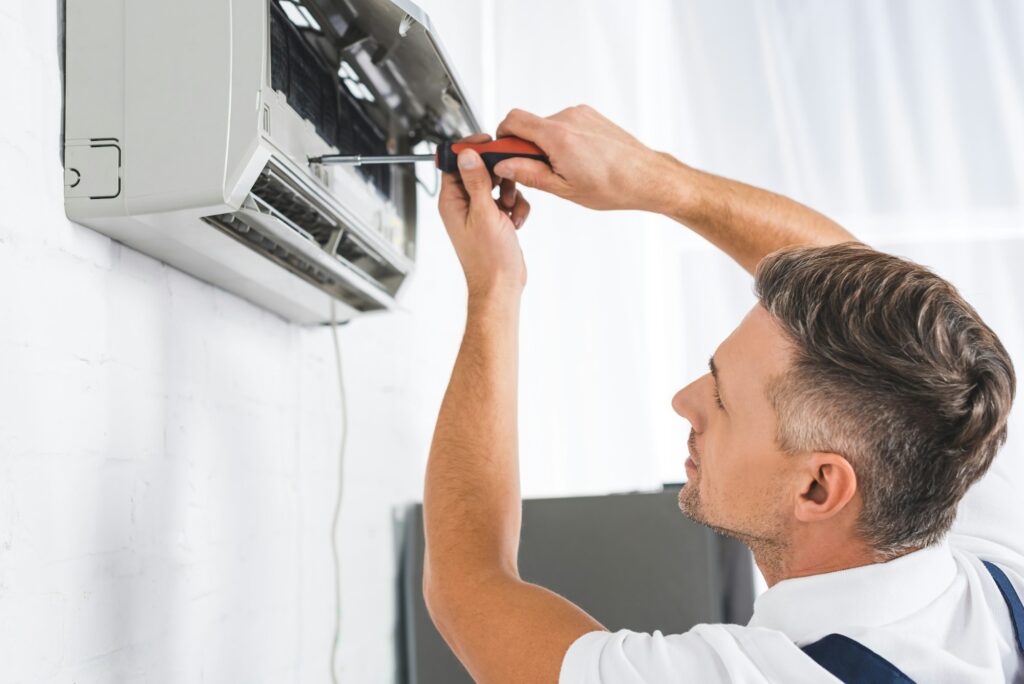
Most homeowners thinking about home improvement will go for the most visible, big-ticket items. Renovating kitchens and bathrooms, for example, is a pretty noticeable way to show that a home has had some major improvements. But there are many other critical ways in which a home improvement project can involve a significant investment that will […]
Is Upgrading To A Smart Thermostat Worth The Money?
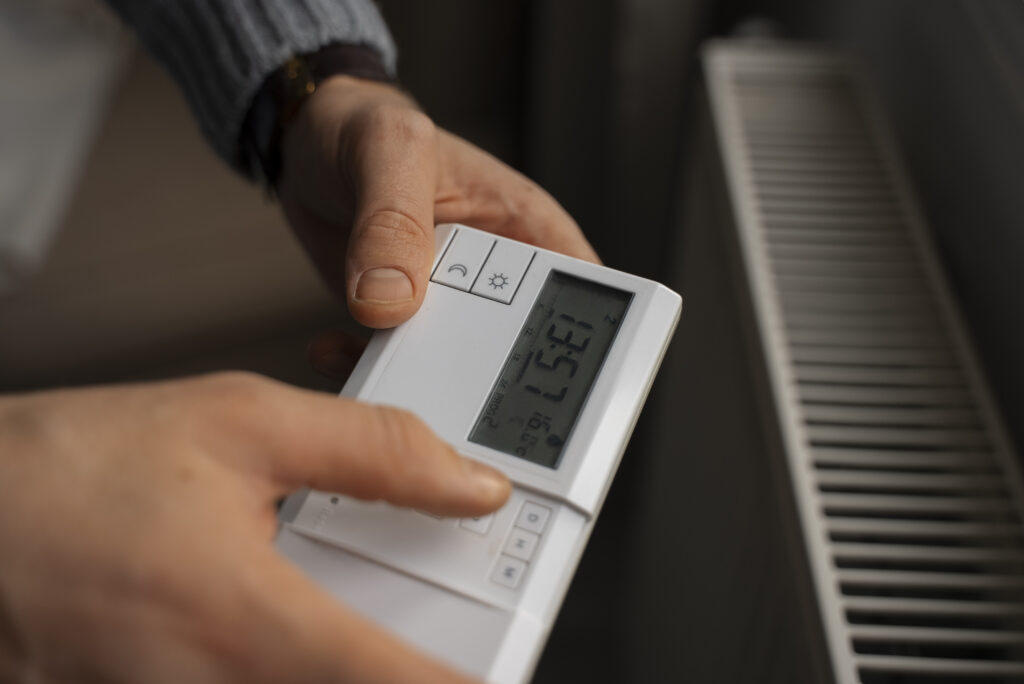
With any consumer decision, you should always do your research before spending a large amount of money. One home investment that many experts recommend is installing a smart thermostat in your home. But what are these devices? How do they work, and are they even worth the hassle and money? Continue reading to learn everything […]
Simple Ways To Make Your Home More Comfortable And Energy Efficient This Winter
Every homeowner aims to keep their houses clean, comfortable, efficient, and safe. These traits will ensure a happy family, a safe family, and reduced energy bills. During the winter months, when things start to get cold, it gets harder to keep the home energy-efficient and comfortable. Here are a few tips and tricks that will […]


